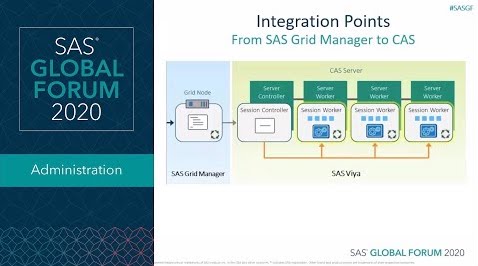
Because SAS Viya provides distributed computing capabilities, customers wonder how it compares to SAS Grid Manager. SAS® Grid Manager and SAS® Viya® implement distributed computing according to different computational patterns.

Because SAS Viya provides distributed computing capabilities, customers wonder how it compares to SAS Grid Manager. SAS® Grid Manager and SAS® Viya® implement distributed computing according to different computational patterns.

You'll notice several changes in SAS Grid Manager with the release of SAS 9.4M6. This post gives a brief architectural description of the new SAS grid provider, including all major components and their role.
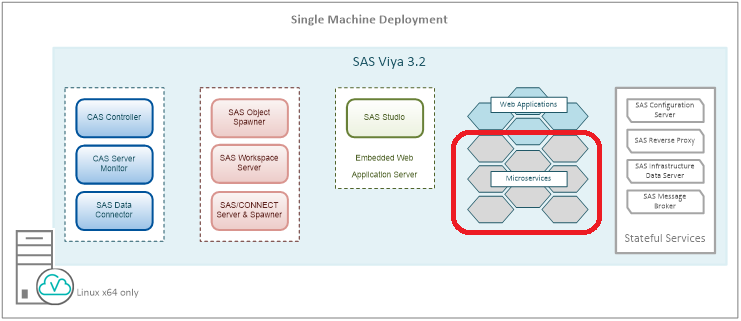
Microservices are a key component of the SAS Viya architecture. In this post, I’ll introduce and explain the benefits of microservices. In a future post we’ll dig deeper into the microservices architecture. What are microservices? When we look at SAS Viya architecture diagrams, we can find, among the new core components,
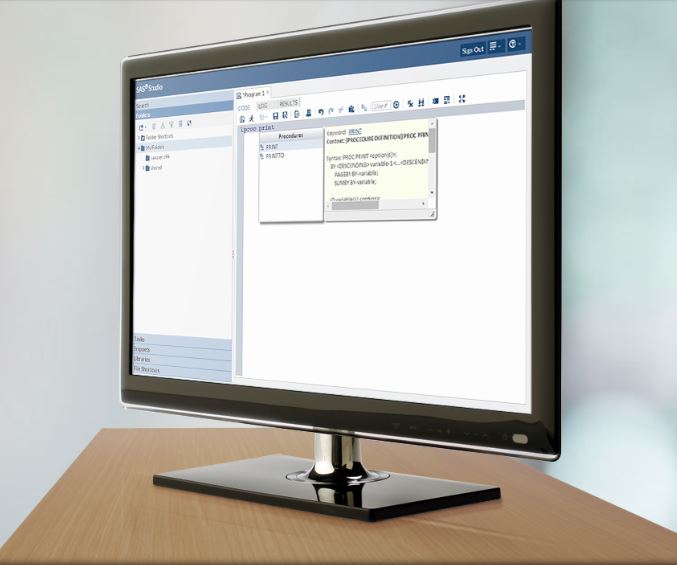
Recently, SAS shipped the fourth maintenance of SAS 9.4. Building on this foundation, SAS Studio reached a new milestone, its 3.6 release. All editions have been upgraded, including Personal, Basic and Enterprise. In this blog post, I want to highlight the new features that have been introduced. In subsequent posts
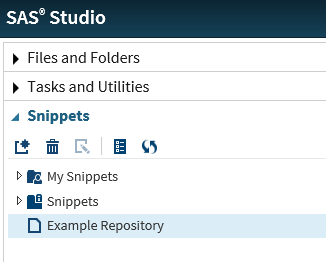
We have seen in a previous post of this series how to configure SAS Studio to better manage user preferences in SAS Grid environments. There are additional settings that an administrator can leverage to properly configure a multi-user environment; as you may imagine, these options deserve special considerations when SAS Studio
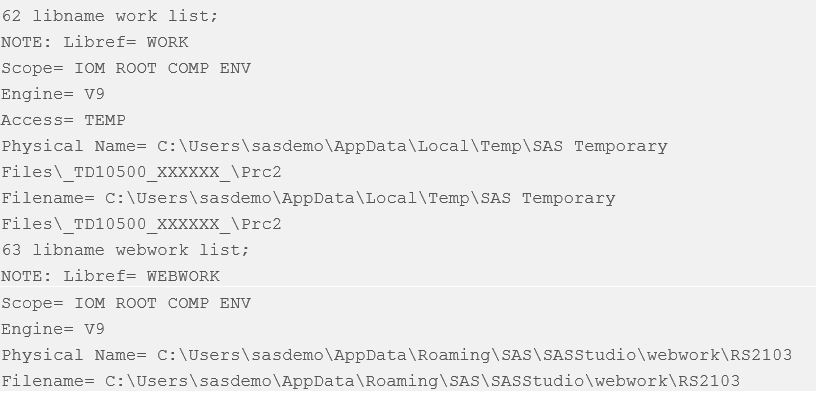
In a previous blog about SAS Studio I’ve briefly introduced the concept of using the Webwork library instead of the default Work. I also suggested, in SAS Global Forum 2016 paper, Deep Dive with SAS Studio into SAS Grid Manager 9.4, to save intermediate results in the Webwork library, because
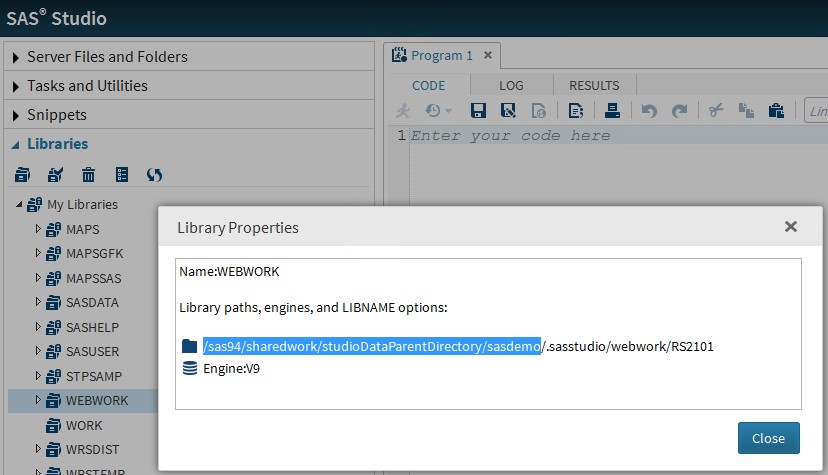
In a previous blog post I explained how end users should code and use shared locations for SAS artifacts, to avoid issues in a SAS Grid Manager environment. Still, they could still fall in some sharing issues, which could have very obscure manifestations. For example, users opening SAS studio might notice

Nowadays, nearly every organization analyzes data to some degree, and most are working with “Big Data.” At SAS Global Forum 2016 in Las Vegas, a vast number of papers were presented to share new and interesting ways our customers are using data to IMAGINE. CREATE. INNOVATE., as this year’s conference tagline

New default parameter values for Platform Suite for SAS Sometimes, when your kids grow older, they change their habits and you don’t recognize their behaviors any more. “We play this game every year at the beach. Don’t you like it anymore?” you ask. “Dad, I’m not seven years old any
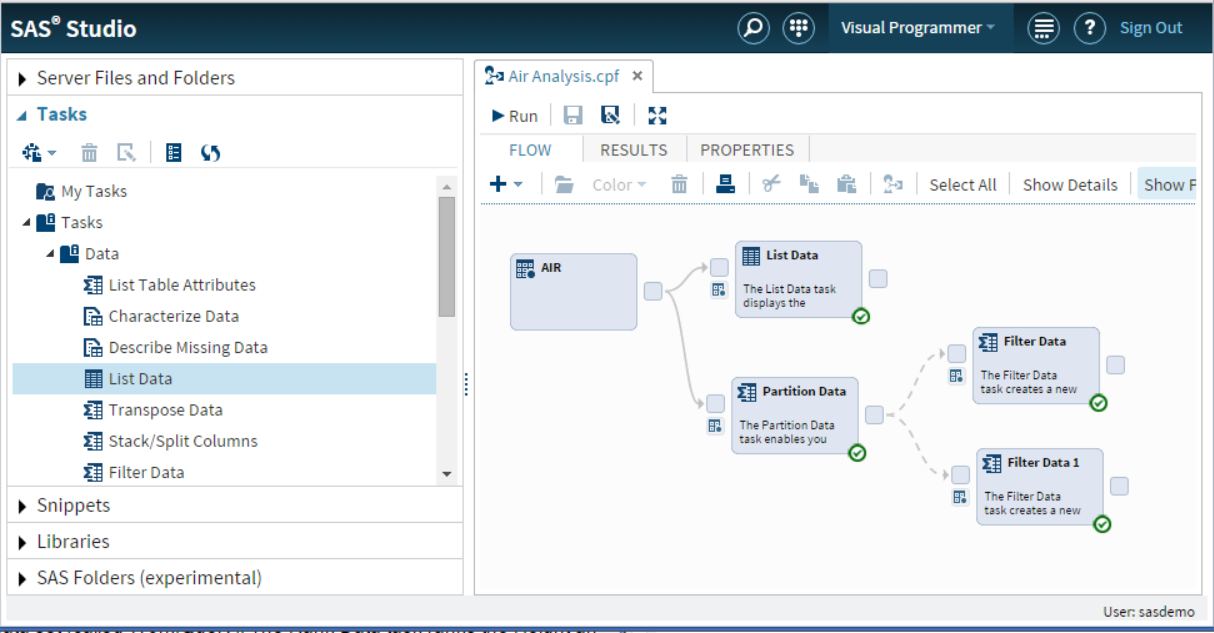
One of the hidden gems of SAS Studio is the ability to run process flows in parallel. This feature really shines when used in a grid environment. Let’s discuss this one step at a time. First, what is a process flow? When working in the Visual Programmer perspective, you have

I recently received a call from a colleague that is using parallel processing in a grid environment; he lamented that SAS Enterprise Guide did not show in the work library any of the tables that were successfully created in his project. The issue was very clear in my mind, but

As another year goes by, many people think about new year’s resolutions. It’s probably the third year in row that I’ve promised myself I’d start exercising in the fabulous SAS gym. Of course, I blame the recently concluded holiday season. With all the food-focused events, I couldn’t resist, ate way
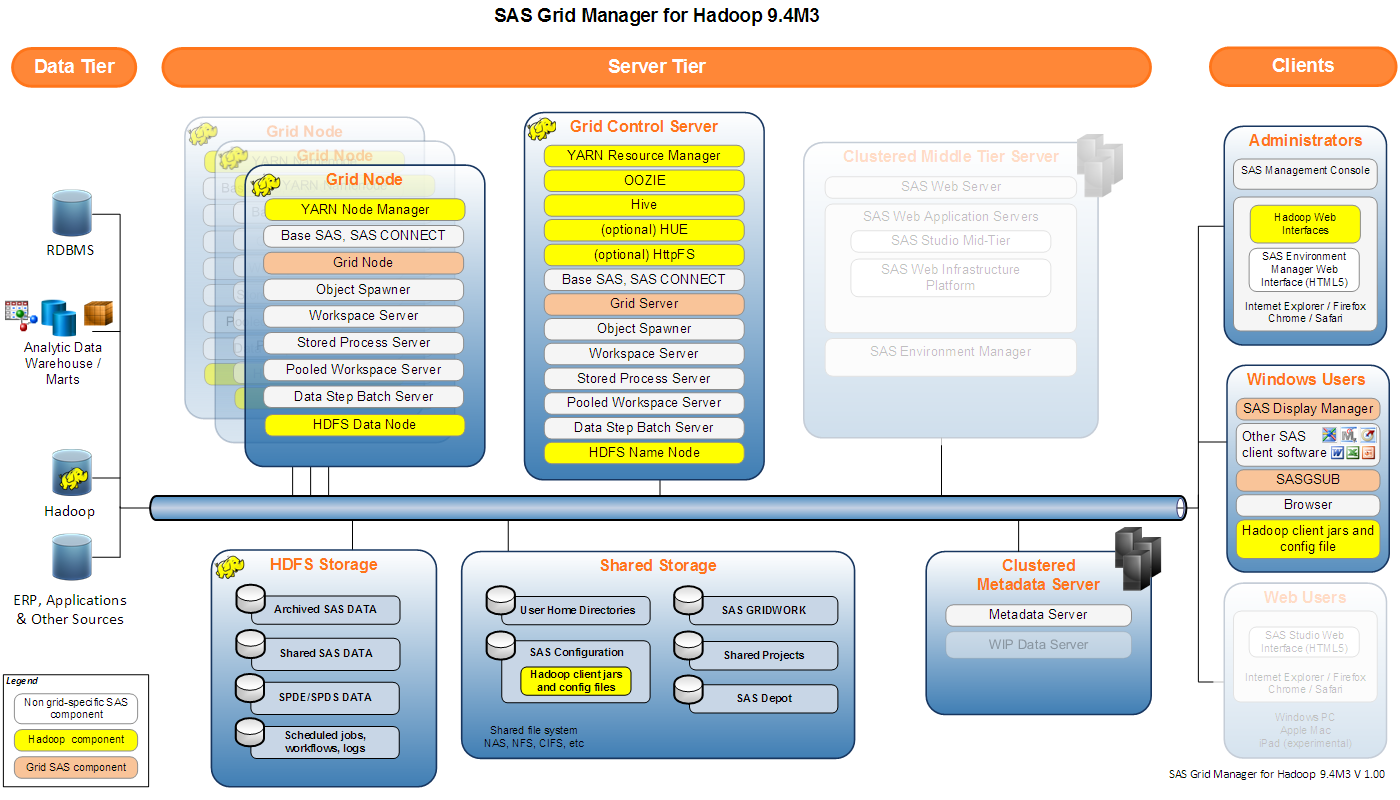
SAS Grid Manager for Hadoop is a brand new product released with SAS 9.4M3 this summer. It gives you the ability to co-locate your SAS Grid jobs on your Hadoop data nodes to let you further leverage your investment in your Hadoop infrastructure. This is possible because SAS Grid Manager

If you have, or are considering, SAS Grid Manager, you’ll be excited to hear about two new changes to the product that make it even better for managing and processing in your analytics environment. The two changes were made in conjunction with the release of SAS 9.4M3 in July, and
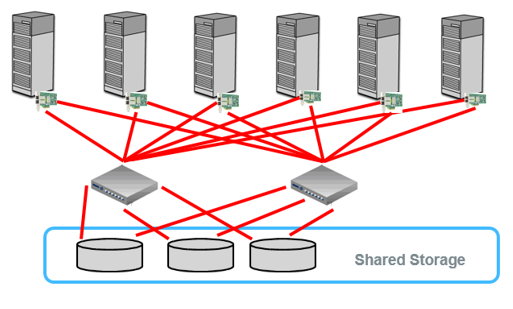
When designing a SAS Grid Manager architecture, there is a requirement that has always been a critical component: a clustered file system. Over the years, vendors have released versions of these systems that are more robust and SAS has increased the minimum IO requirements, but the basic design has never changed—until now.
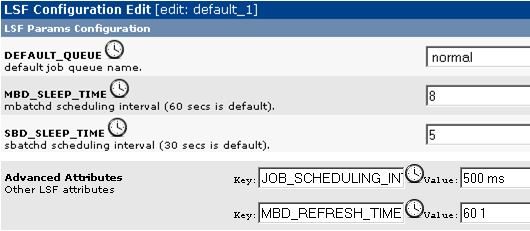
Most organizations enjoy a plethora of SAS user types—batch programmers and interactive users, power users and casual—and all variations in between. Each type of SAS user has its own needs and expectations, and it’s important that your SAS Grid Manager environment meets all their needs. One common solution to this
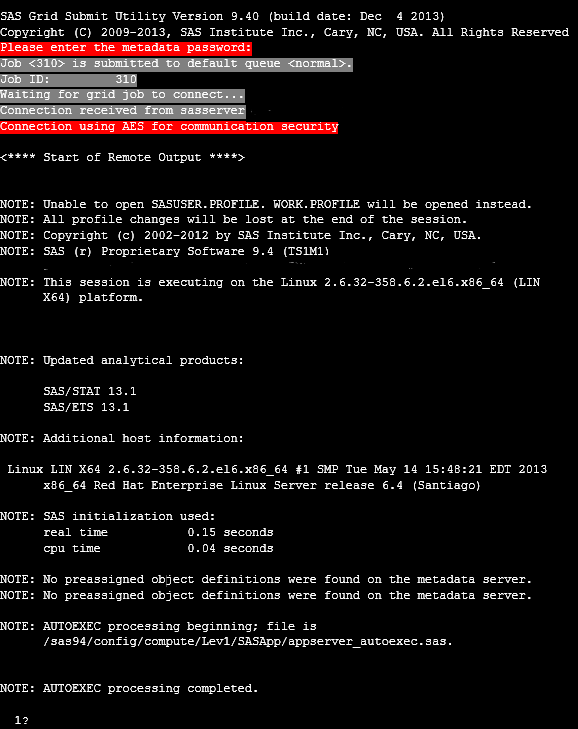
When I worked for SAS Italy, I was considered an old SAS employee because I started with SAS 8, and I saw all SAS 9 innovations from the beginning. I can even remember using SAS 6.12 a couple of times! Then I moved to the US and I felt like
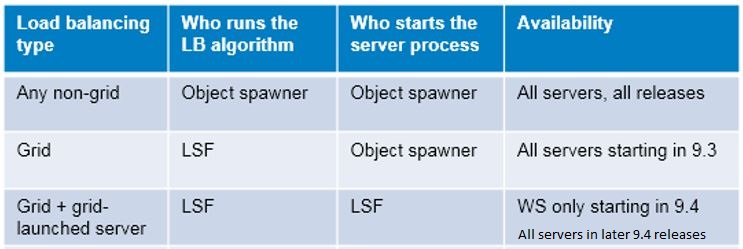
SAS 9.4 has been out for some time now, and all SAS grid computing enthusiasts know that one of the new features is that SAS Workspace Server processes can be directly launched on the grid. (See The Top Four User-Requested Grid Features Delivered with SAS® Grid Manager 9.4.) What does
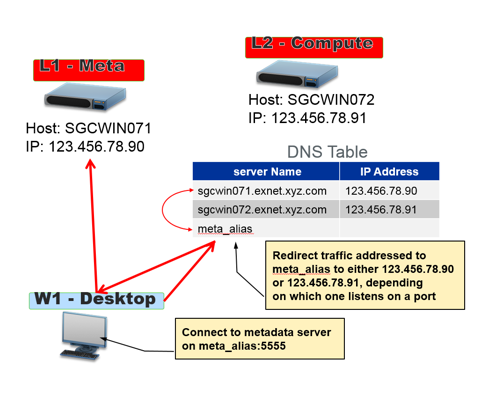
In my last post, I introduced the hardware solutions (such as a virtual IP switch or IP load balancer) that enable client applications to access services regardless of whether they are running on a primary or a failover server in a grid-enabled environment configured with high availability. In this post,
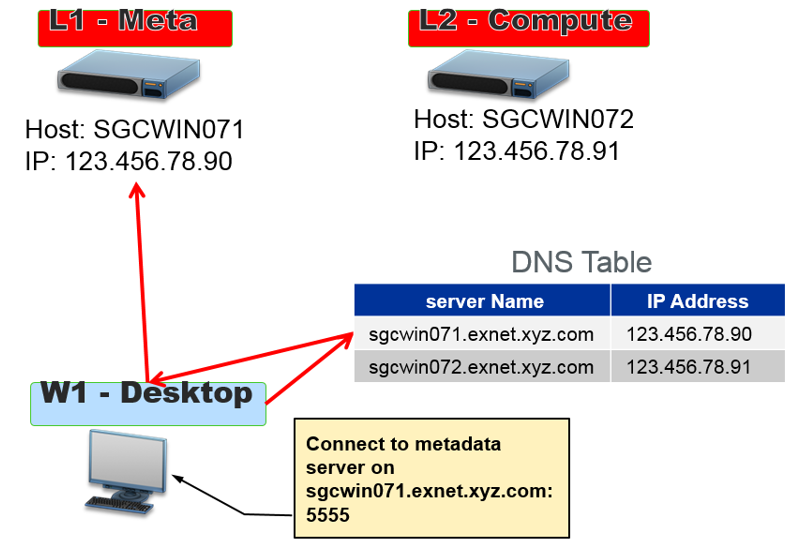
Like most SAS users and administrators, you usually don't know where your backend SAS servers are located--probably in some basement server farm or perhaps another building or even another town. But I'm sure you do know that your SAS client application must have a way to reach services running on